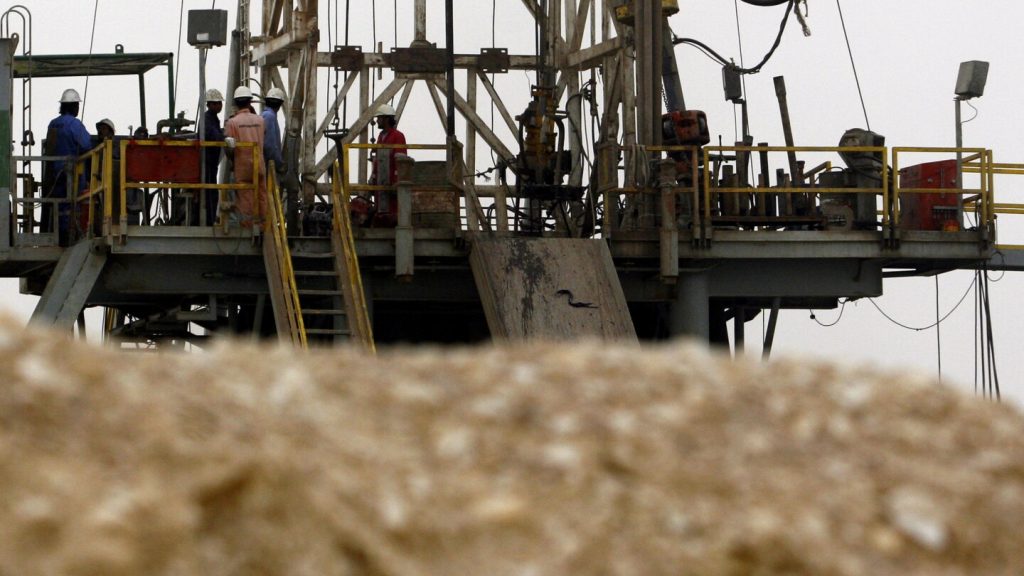Saudi Arabia and other oil-producing countries have agreed to extend output cuts through next year in an effort to support oil prices that have remained stagnant despite turmoil in the Middle East and the beginning of the summer travel season. The OPEC+ alliance, which includes members of the producers cartel and allied countries like Russia, has extended three different sets of cuts totaling 5.8 million barrels a day. International benchmark Brent has been trading in the $81-$83 per barrel range for the past month, with factors like higher interest rates, concerns about demand, and rising non-OPEC supply keeping prices from rising.
The move to extend output cuts comes as Saudi Arabia looks to fund ambitious plans by Crown Prince Mohammed bin Salman to diversify the country’s economy away from fossil fuel exports. Higher oil prices would support these plans and help Russia maintain economic growth and stability as it continues its war against Ukraine. Analysts believe that the extended cuts could lead to higher oil prices in the coming months, but much will depend on future demand for oil. The summer typically sees a spike in demand, but there is uncertainty beyond that period.
While U.S. motorists have enjoyed lower gasoline prices due to weaker oil prices, prices could rise if the cuts lead to higher oil prices. Gasoline prices in the U.S. have been stable, averaging $3.56 per gallon last week, a slight decrease from a year ago. Prices can vary by region, with Western states like California experiencing higher averages. Gas prices in the U.S. are closely tied to the price of oil, as it makes up half the cost of a gallon of gasoline. In Europe, the price swings are smaller due to higher taxes on fuel.
The extended cuts include 2 billion barrels a day agreed among all 23 OPEC+ members, which will be in place until the end of 2025. Additionally, voluntary reductions of 1.65 million barrels a day by a smaller group of members have also been extended until 2025. Another 2.2 million barrels a day in voluntary cuts, originally set to expire at the end of this month, will now be extended until September and gradually reduced month by month until they are eliminated by September 2025. These measures aim to support oil prices in the face of ongoing uncertainties in the global economy and demand for oil.


